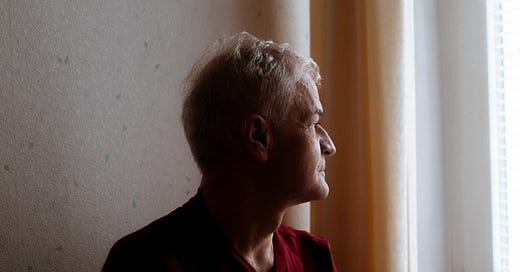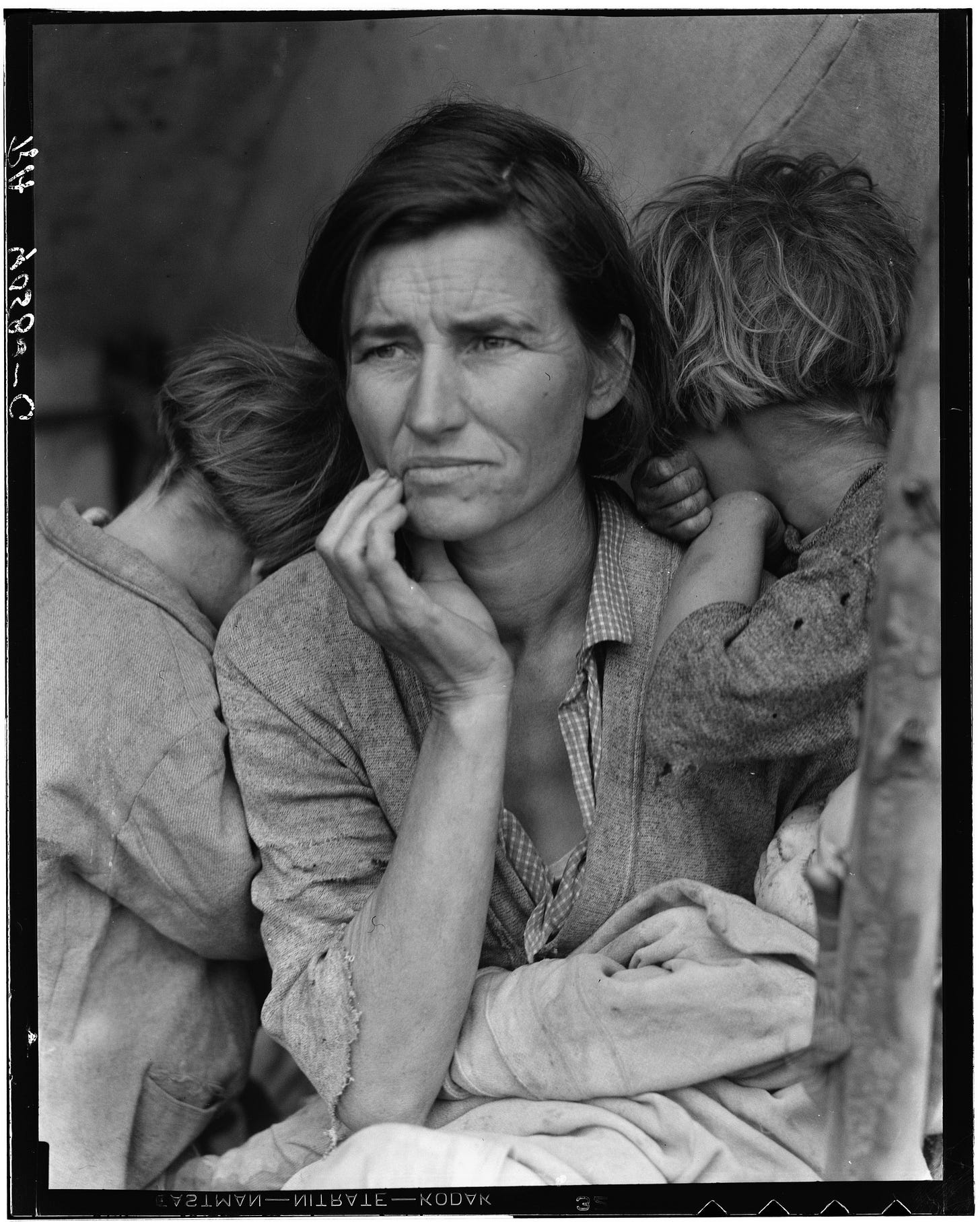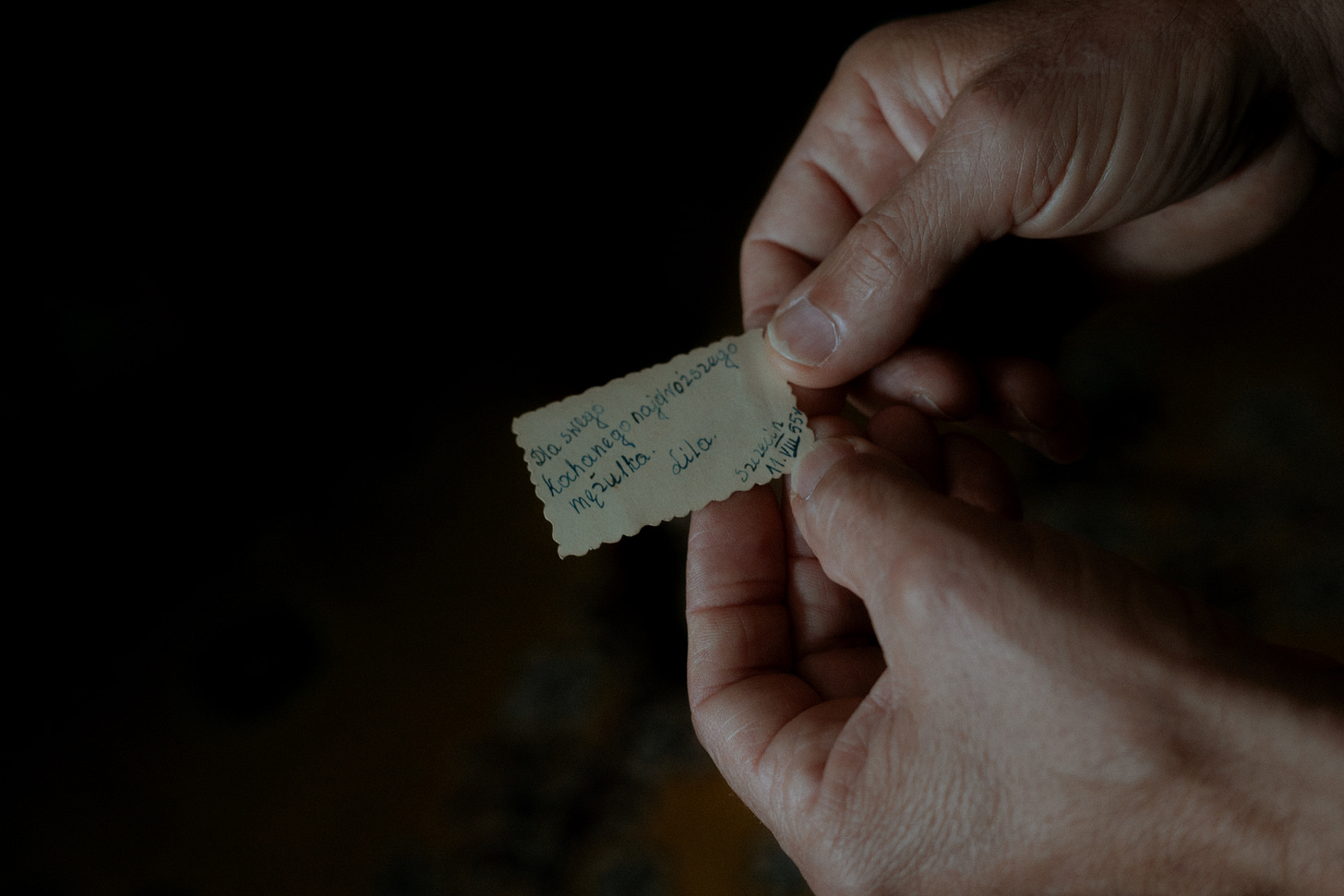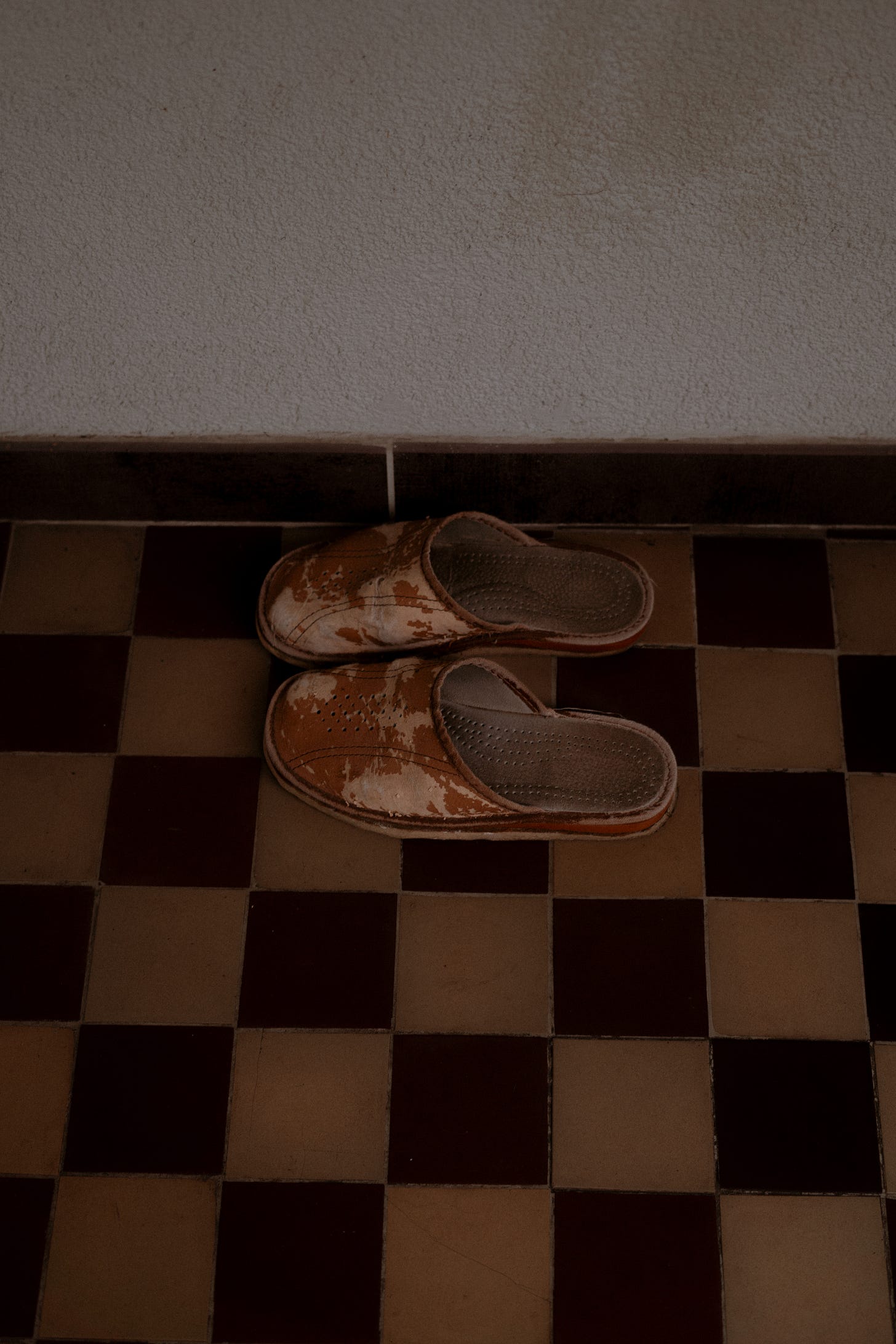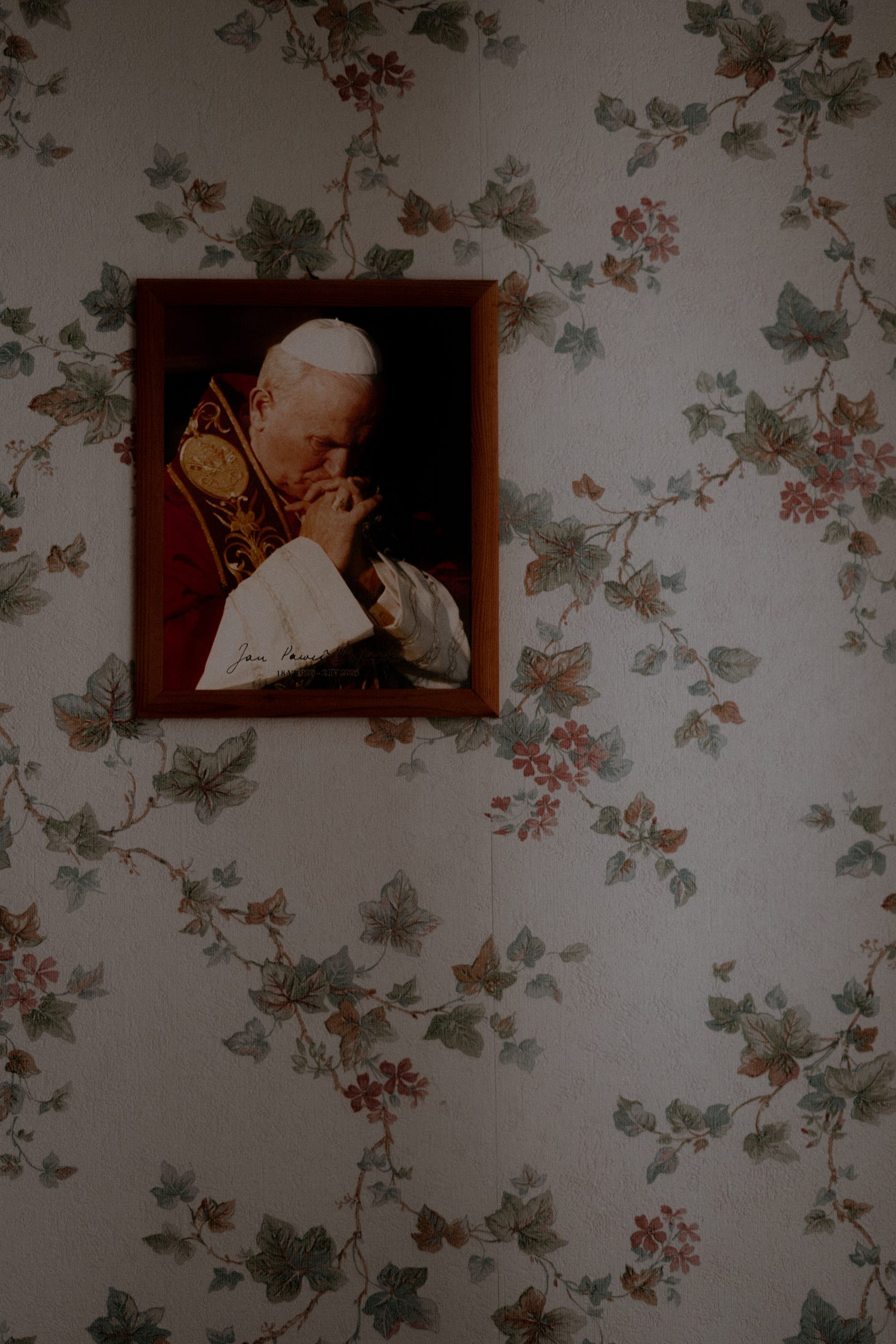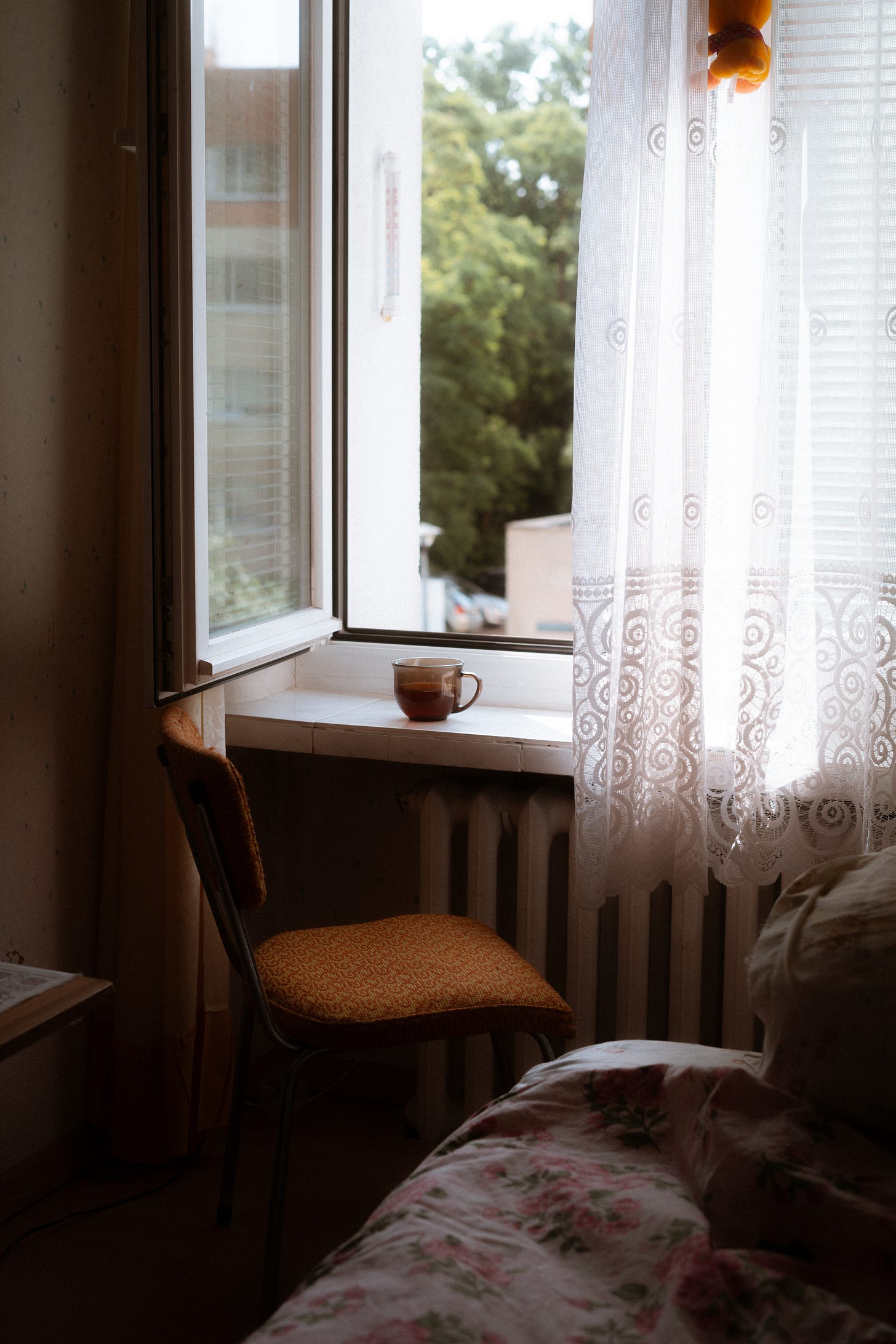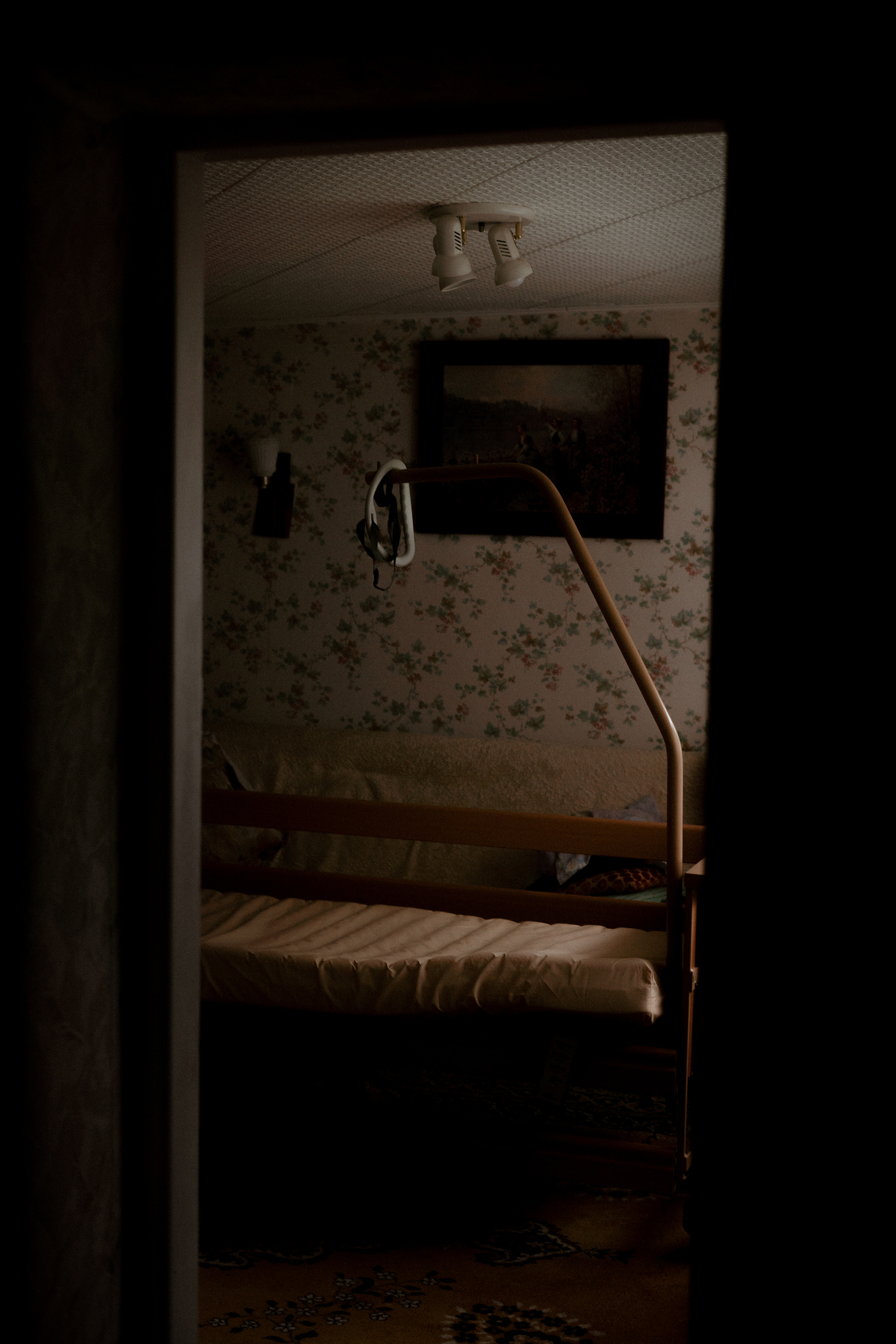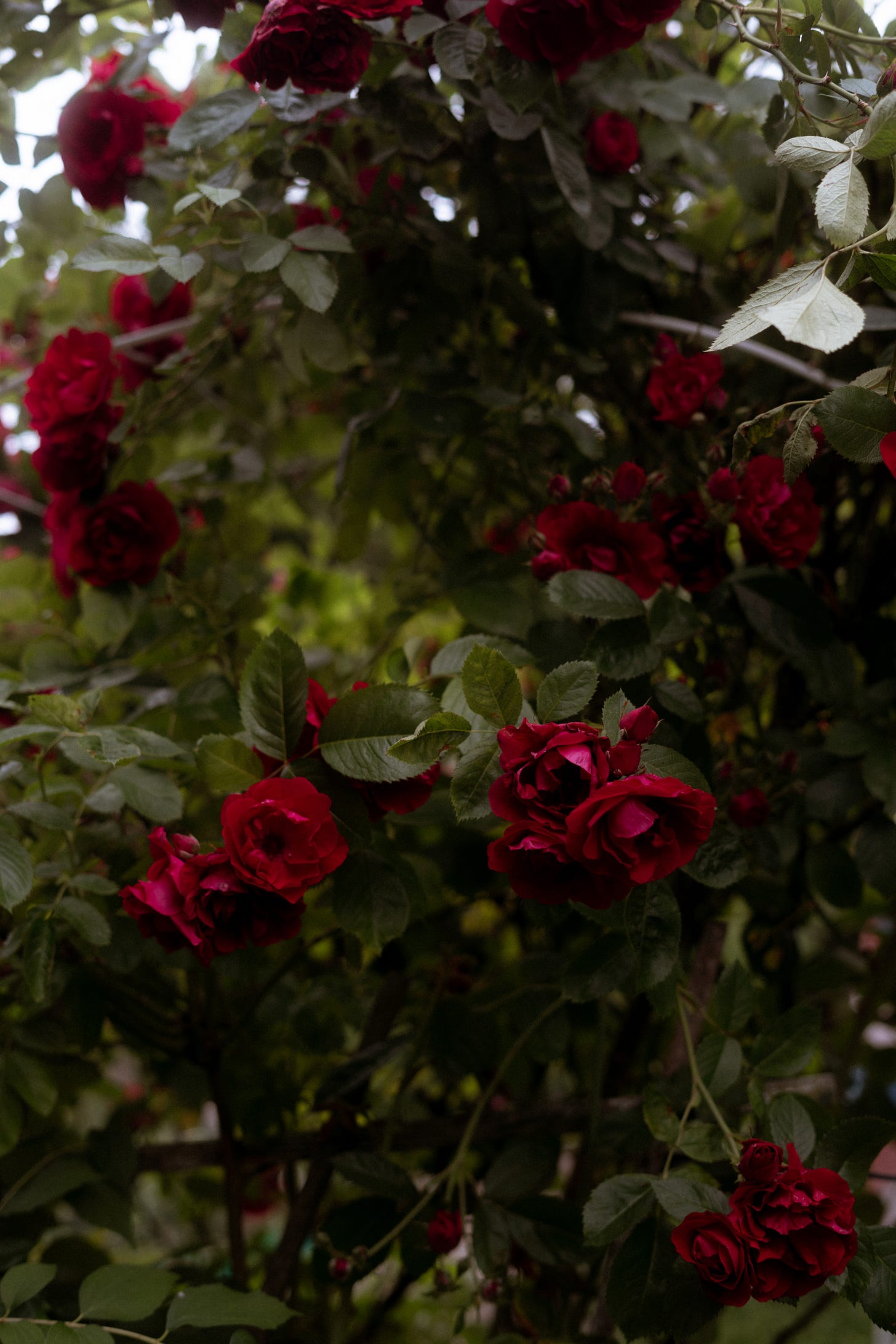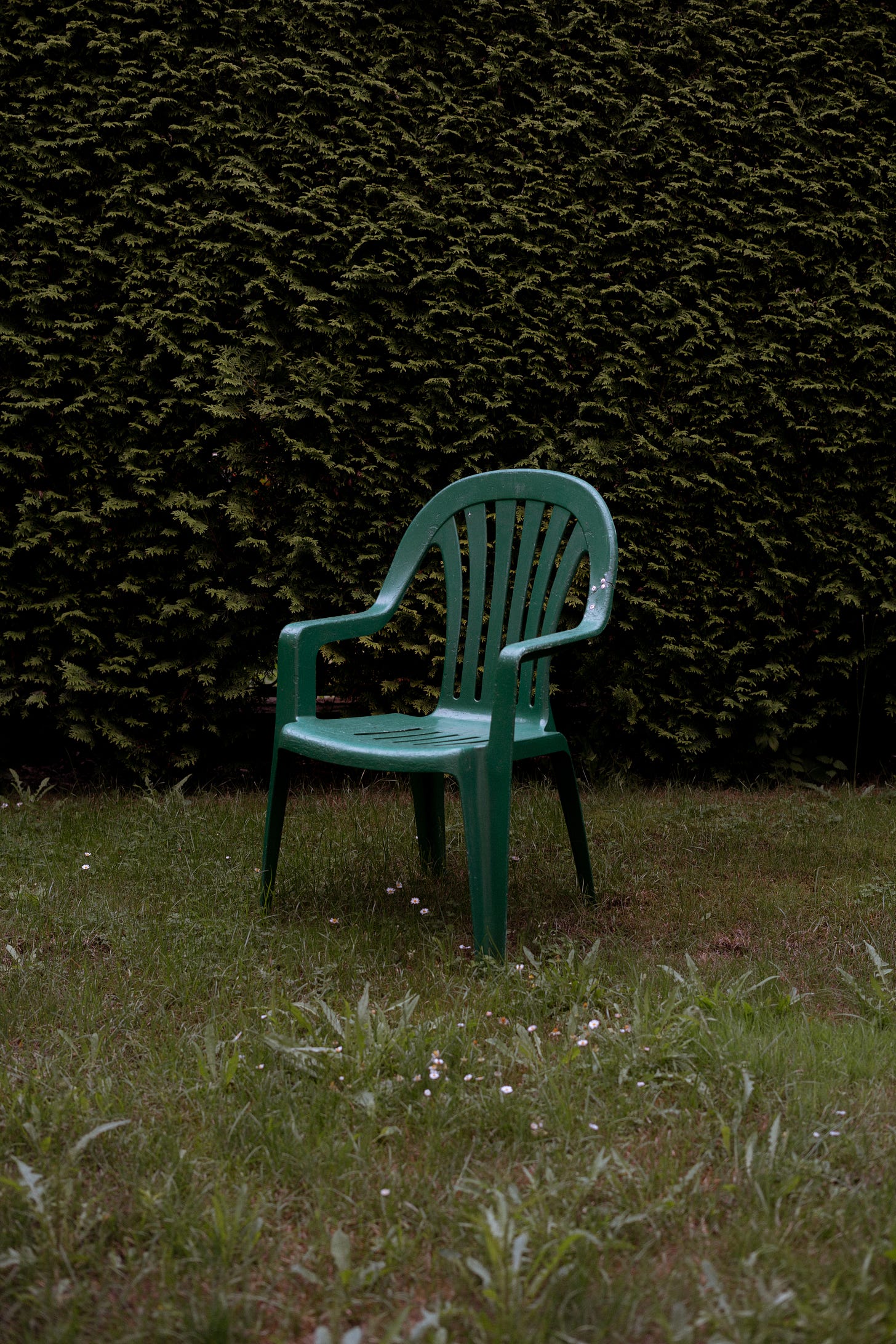Grief in Focus: Balancing Documentation and Presence
Exploring Photography as an Emotional Tool Beyond the Click
What does it mean to document something through photography?
As I quietly wander through my grandparents' home, the air feels uncomfortably warm. The lace curtains are drawn, casting patterns across surfaces. I feel as though I have been transported back to my childhood. The familiar tick-tock of the clocks in every room, the creak of wood floors, and the sweet black tea in my hand all contribute to this feeling. I brought my camera on this trip to take photos of family members—my father, whom I haven't seen in person in years, my grandfather, and my brother—all descending on this oddly still home. What I didn't expect was the urge to also document the home itself.
In the early years of photography, the camera was seen as a tool to capture reality. But over time, the idea of taking a photo evolved. Though it seems obvious now, there are those who see the world differently. It is why some photos feel flat, while others capture our attention and in special instances communicate an emotion.
One of the earliest photographic processes, calotypes, comes from the Ancient Greek words καλός (kalos), meaning "beautiful," and τύπος (typos), meaning "impression." Photography moved from the act of a mechanical click to that of a discerning eye capturing a beautiful impression.
This is on my mind as I finally wander into my grandmother’s room. Photos are pinned to the walls, her hospice bed sits in the middle of the room, books line the shelves, and her favourite lip gloss is scattered on different shelves. I cannot help but walk the perimeter, touching objects. Opening books, smelling her perfume, and soaking in the space.
Perhaps it is because I am a photographer that I saw the space as a tableau. I found myself wanting to document the home as it is now, in this stage of mourning. So I began quietly collecting photos. Capturing my impression of the space. Subdued, somber, hushed. As Susan Sontag wrote in an essay, the ability to not only see but to have ‘photographic seeing’ is the ability to discover ‘beauty in what everybody sees but neglects as too ordinary.’ I am aware as my shutter breaks the silence that perhaps my grandfather may never understand why I would care to take these photos, but it isn’t for him that I do this. I do this as a form of journaling and processing of emotions. As the person we love is absent, objects become imbued with meaning.
So, for this week, I want to share my photo diary of my time in my grandparents' home and the city I was born in. A little house that once stood in a forest, now surrounded by apartment buildings and the hum of a busy street nearby. A city that at its centre is home to the largest cemetery in Poland and the third largest necropolis in Europe. Where communist-era blocks, painted pink, are built within sight of a castle that has been inhabited since 700 AD and has passed between Poland, Prussia, Sweden, and Germany.
For those of us who reach for our cameras, the ability to see beauty in the ordinary means we also have the ability to craft reality. How you see a moment is not how everyone sees it. This is why some images move us so deeply; we know deep down that it was the right person at the right place and time needed to capture it.
By documenting, you are imbuing meaning. How you choose to let the light lay across a subject, the angle you pick—these all change the viewer's perspective.
Think of ‘Migrant Mother’ by Dorothea Lange. Though most people know the one image, it actually is part of a series in which Lange directed 32 year old Florence Owens Thompson the woman in the ‘Migrant Mother’ photo. Lange was on assignment to ‘capture iconic, memorable images of agricultural workers that roused support for President Franklin Delano Roosevelt’s New Deal relief programs.’ The image itself almost, didn’t happen. It was raining, the roads were getting worse, she had a box of negatives to send out.
I didn’t want to stop, and didn’t. I didn’t want to remember that I had seen it, so I drove on and ignored the summons. … Having well convinced myself for twenty miles that I could continue on, I did the opposite. Almost without realizing what I was doing, I made a U-turn on the empty highway.
An image that many thought was a basic point and shoot, was in fact very intentional, and required the subject to work with the photographer. Not just anyone would have captured it. It became an emblematic symbol of the Great Depression, capturing the era's hardships and demonstrating how photography could be used not just to document events but to evoke empathy and inspire social change.
So remember, how you see things is unique to you.
Take your time, and capture the impression you feel. You can move people with your work by treating the camera not as a mechanical click but rather an emotional tool
.
Hey, you made it to the end!
This week’s note is less about secrets and more about gratitude.
This past week has been challenging, and I am deeply thankful to have the outlets of writing and photography to help process my emotions. What has touched me most are the heartfelt messages and replies from so many of you.
Thank you.
Grief is a deeply personal experience, yet it is something we all will face at some point in our lives. There is no avoiding it unless you live as a hermit.
Over the years, I have read several books about grief and care at the end of life. One valuable insight I have gained is that when someone is hurting, we shouldn’t shy away from the topic. Often, they need the opportunity to talk about their loved one who has passed or to hear stories and details they may not have known.
To everyone who reached out, thank you.
This week, my father asked me to bring my camera to the funeral and document the day. I never imagined that I would use my skills in this way. But it meant a lot to him; he said that one day he would want to look back at these photos. So, I obliged. It was a surreal experience. I had to balance my own grief with the task of capturing a life-changing moment. To see his grief through the lens, to lift the camera to my eye and document it, was to hold two realities at once—that of the observer and that of the grieving attendee.
As I process these moments, I am reminded of the power of photography. It not only captures an image but also holds the depth of our emotions, preserving a slice of our lives that words sometimes fail to express. This week, I learned that photography can be both a refuge and a means of connection in times of sorrow.
Thank you for being part of this journey.
Books that I’d recommend:
Option B
Option B is a book about facing adversity, building resilience, and finding joy.
Sheryl Sandberg and Adam Grant combine stories, research, and practical advice to help you build strength for life’s challenges—and help your family and community do the same.
The website also is filled with resources.
Being Mortal
From Atul Gawande, a book that has the potential to change medicine – and lives.
Atul Gawande, a practicing surgeon, has fearlessly revealed the struggles of his profession. Now he examines its ultimate limitations and failures – in his own practices as well as others’ – as life draws to a close. And he discovers how we can do better. He follows a hospice nurse on her rounds, a geriatrician in his clinic, and reformers turning nursing homes upside down. He finds people who show us how to have the hard conversations and how to ensure we never sacrifice what people really care about.
Riveting, honest, and humane, Being Mortal shows that the ultimate goal is not a good death but a good life – all the way to the very end.
Smoke Gets In Your Eyes
Armed with a degree in medieval history and a flair for the macabre, Caitlin Doughty took a job at a crematory and turned morbid curiosity into her life’s work. She cared for bodies of every color, shape, and affliction, and became an intrepid explorer in the world of the dead. In this best-selling memoir, brimming with gallows humor and vivid characters, she marvels at the gruesome history of undertaking and relates her unique coming-of-age story with bold curiosity and mordant wit. By turns hilarious, dark, and uplifting, Smoke Gets in Your Eyes reveals how the fear of dying warps our society and will make you reconsider how our culture treats the dead.


